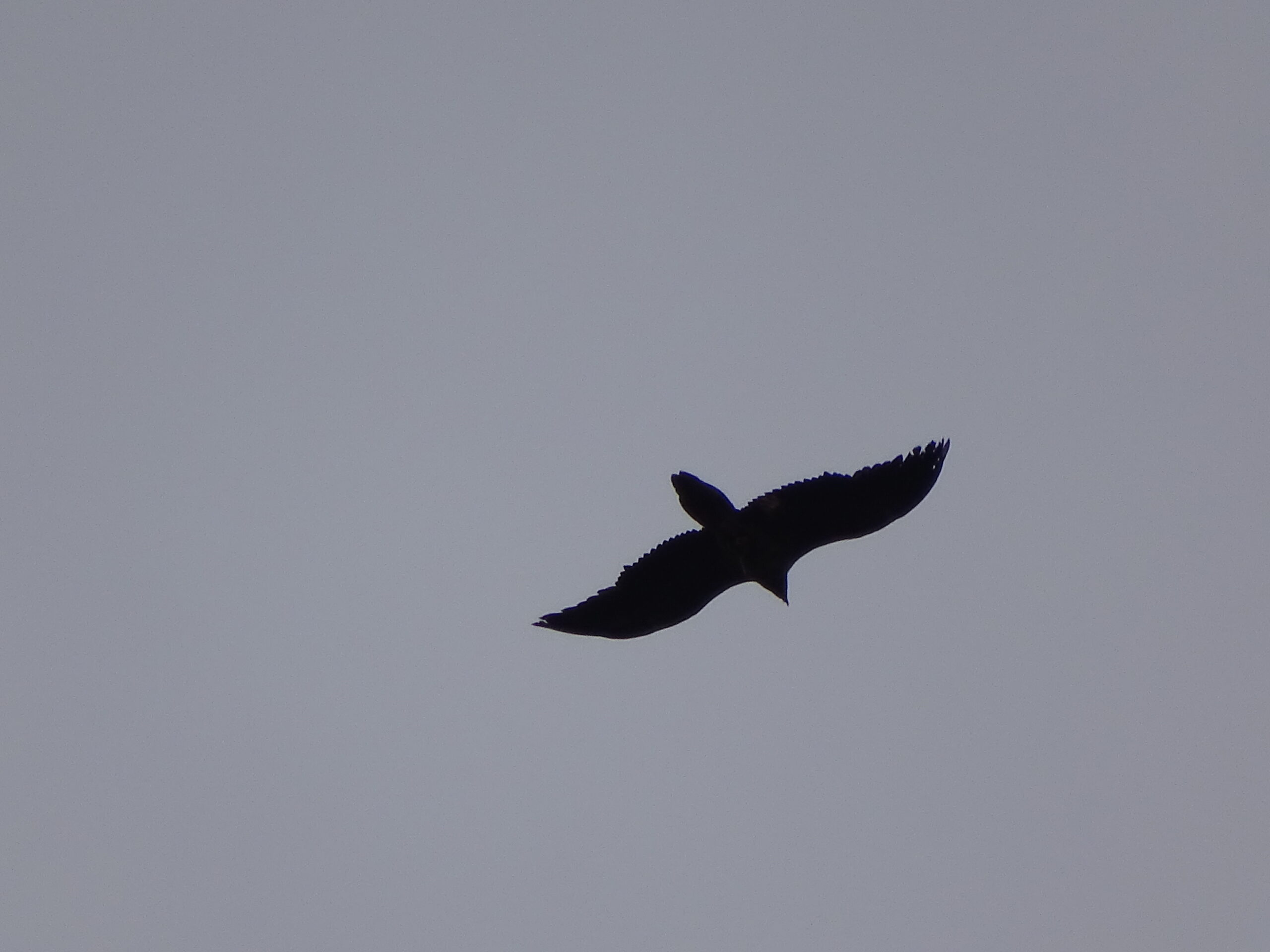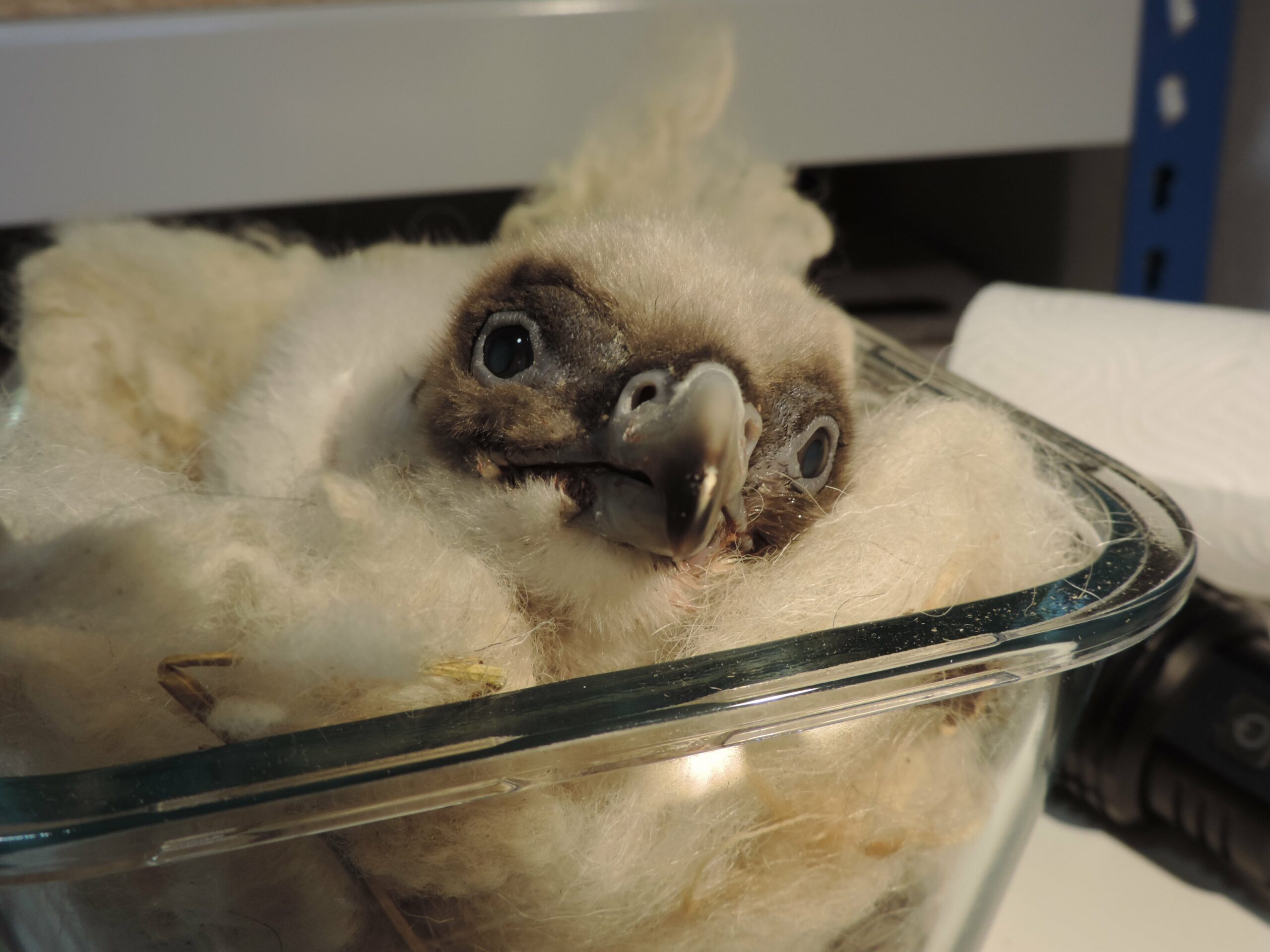
The young bearded vulture chicks of Andalucia’s first two territorial breeding pairs since the species’ extinction over 30 years ago have been tagged and marked before they leave the nest and fledge.
Checking up on Chicks
A team made up of vets, scientists and conservationists from the Fundación Gypaetus, the
Junta de Andalucía’s Environment Ministry and The Environment and Water Agency of Andalusia took part in an operation to check up on the young chicks of Andalucía’s two breeding pairs.
In captivity these operations are pretty straightforward but done out in the wild involves scaling a sheer cliff face to reach the nest and bring the chicks back to the cliff top. An expert climber was required to access the nest of Hortelano and Marchena, and Tono and Blimunda, and bring the young birds to the waiting veterinarians and technicians for a thorough veterinary check-up.
After weighing and measuring the chicks were found to be in excellent health. Both chicks had some of the feathers in their wings decoloured to help identify them when in flight and tagged with GPS transmitters to help conservationists monitor their movements as they fledge.
Tono and Blimunda
Tono (male) and Blimunda (female) were born in the Bearded Vulture Captive Breeding Network and released into the wild in 2006 and 2010 respectively, and first paired in 2012. In 2015 theysuccessfully reared a chick called Esperanza or Hope – the first ever bearded vulture to fledge in the wild since extinction in the 80s. With the fledging of their chick, 2018 will mark their third successful breeding season (they did not breed in 2016).
Hortelano and Marchena
Like Tono and Blimunda, Hortelano (male) and Marchena (female) were captive-bred birds from the local Guadalentín Breeding Centre and released into the wild in 2010 and 2012 respectively. 2018 is the second year the pair have successfully bred following the fledging last summer of Ferguson.
Bearded Vultures in Andalucía
The species disappeared from the skies of Andalucía in 1986 mainly because of direct persecution, accidental poisoning and human disturbance at the nesting sites. Led by Fundación Gypaetus, the Junta de Andalucia and us here at the Vulture Conservation Foundation, a reintroduction project began in 1996, with the first birds, including Tono, being released in 2006. Since then 54 birds have been released in the area, with the releases becoming a popular annual fixture in the diary for locals.
With these two established territorial breeding pairs it’s hoped 2019 could see another pair of bearded vultures breed in Andalucía.
Images (C) Fundación Gypaetus,





